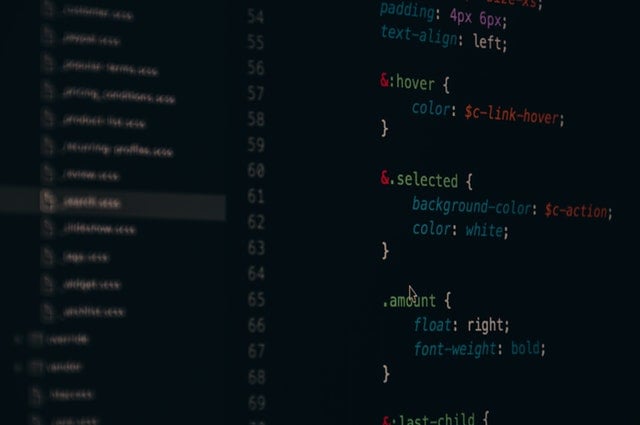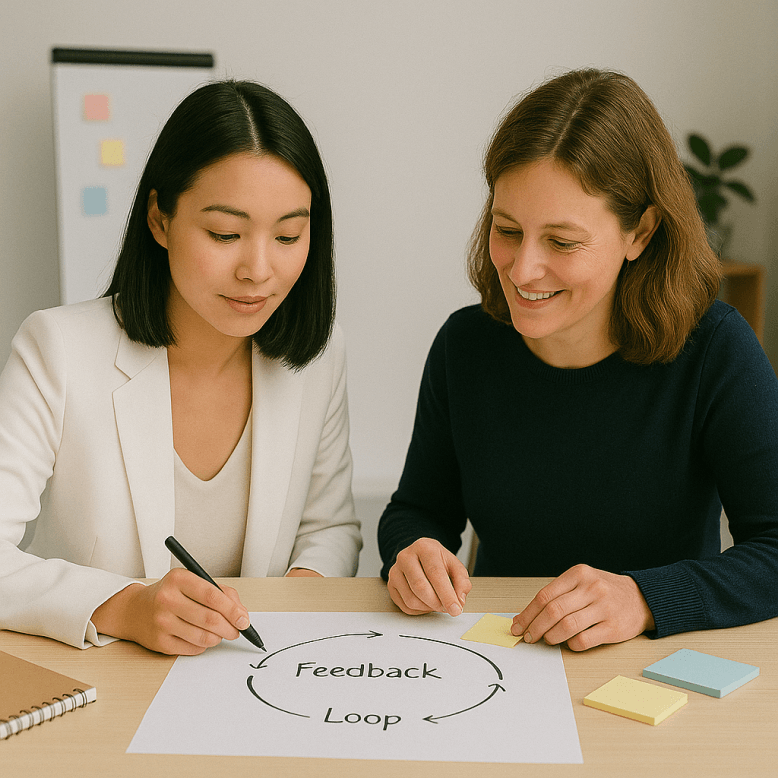Updated: January 24, 2024- 9 min read
Your very first app is finally cut and dried. You have been working on it for a while and cannot wait to let others see for themselves how great your product is. Not only does it solve a thorny problem, but it also has the potential to disrupt an industry. You are more than confident it could reach millions of people around the world and make a significant impact on their lives.
If only there were not one major obstacle on your way to international success: your software needs to speak the language of those it intends to address. All of a sudden, a huge wave of challenges around this thing called localization (l10n) floods your ambitious global growth plan. This is a walkthrough of how to make the most of product localization for the global marketplace.

What Is Product Localization and Why Is It Important?
Product localization means adapting or modifying a product or service for a given language, culture, or region. Many confuse localization with translation, but the truth is that translation is only one part of the process. For a new target audience to trust and buy your product, it has to look and feel local too. This includes using local address and date formats, displaying the correct currency and units of measure, choosing appropriate colors and graphics, and much more.
While this might sound like a lot of extra work, for a company on track for global growth, there is no getting around the need for localization. According to CSA Research, up to 60% of non-native English speakers rarely or never buy from English-only websites. Even if you do gain new users from this group, they expect a seamless experience and are not afraid to abandon your app immediately if their expectations are not fulfilled. That is why every aspect of your software needs to be perfectly adapted to the preferences of each target market.
You might also be interested in: The Difference – User Flows vs User Journeys

What Does an Ideal Product Localization Workflow Look Like?
Before you start your product localization, there is one essential step to complete: getting the right team together. Your localization workflow will typically involve product managers, developers, translators, and UX designers. When your localization needs grow, you might want to engage a dedicated software localization engineer to oversee and drive the entire process beside having a translation or localization project manager. Once the roles are clear, you can get started with the following steps:
Internationalizing Your Product
Internationalization (i18n) is fundamental for successfully localizing mobile apps and other software. As part of the product development process, it enables localization on a technical level. The key here is to separate source code from localizable elements. When you can rely on a single code base for every version of your product, it is much easier and quicker to adapt the software to a new market.
Making your product Unicode-aware and minimizing the use of concatenated strings are just two examples of internationalization tasks. Unicode enables your product to display double-byte languages (like Japanese), languages with complex scripts (like Hindi) and right-to-left languages (like Hebrew) correctly. Also, try to avoid hard-coded text and keep your design flexible, so that it can accommodate different date and time displays, currencies, and scripts.

If internationalization was done right, you should now be able to pull out all files with text and any other elements, such as images, that need to be localized. Following the extraction, these locale files might need to be converted into another localization file format that your translation vendor requires. Once done, you can move forward with compiling all locale files into a localization toolkit for your translators to start working.
Preparing a Localization Toolkit for Translators
Your next step is to assemble all the relevant information and instructions for translation. If you aim for high-quality translation, your translators will need as much context as they can get. For example, they need to know if there is a limitation to the character count and if they are translating a body text or a headline. There are different channels that you can leverage to provide context for your translation team:
Specific project guidelines or a project brief outlining the scope, scale, timeline, and detailed requirements of the assignment,
Foreign language documentation and product or industry-specific glossaries will ensure the correct use of established terminology unique to your business,
Images, diagrams, illustrations, as well as user interface screenshots attached to each translation key individually, can provide translators with greater visual information.
Translation and Review
Aside from glossaries and style guides, translators take advantage of computer-aided translation (CAT) tools to increase their efficiency and translation quality. One of the most widely used is translation memory. By collecting previous translations in a single database, it suggests matching results from past projects while translating new content, thereby ensuring overall consistency across all of your translations. Additionally, translators should have access to communication channels where they can ask questions and clarify any uncertainties with your developers.

Once the first translations are ready, it is wise to have someone familiar with the product and both languages proofread the text. Do the messages make sense? Is the meaning still the same? Before you integrate the localized elements into your software, you want to be sure that everything is correct.
Building the Localized Product
After receiving the translations, you should now verify that all files are in order. If so, it is time to integrate the translated files back into your product to create a new localized version of it. When done correctly, your software should now “speak” a new language.
Testing and Quality Assurance
Businesses often rush or even skip this step to release their localized software more quickly – with dire consequences. Just a small error in the code can make the software look broken. And a wrong translation of a headline can put off users immediately. Now is the time to find and fix any bugs before your customers notice them.

Releasing the Localized Product
When you have completed all tests successfully, then there is only one thing left to do: releasing your localized product to your new target market. Collecting direct feedback from your users is invaluable in identifying further opportunities for improvement.
How a Translation Management Tool Will Make Your Life Easier
While you could try to accomplish everything manually yourself, you will be infinitely faster and truly effective if you let a translation management system (TMS) do the heavy lifting. Allowing your team to work together on a shared interface across geographies and time zones, you will not only avoid common mistakes in software localization but also make the whole process fast and painless. Here is how a translation management tool can make your life easier:
Shorter Time to Market to Learn From Real Users
The faster you can ship a product or a new feature, the sooner your team can start learning from real users’ experiences and make improvements. A translation management tool can greatly speed up your software localization process. Thanks to seamless integration with your existing systems via APIs, you can rely on automated workflows to get the job done in no time.
You might also be interested in: Understanding Product-Market Fit
Better Translation Quality With Tools and Context
Translation management software equips your translators with tools such as translation memories and glossaries to cater for translation quality. It also gives them the full context for the translation by letting you attach screenshots and add personal notes. For instance, translators can see who the target audience is and how the text will appear in the final product. With this information, they can confidently choose words, identify and fix mistakes instantaneously, and eliminate the need to rework translations.
Keep Your Copy Fresh With Over-the-Air Updates
Using a TMS, you can update translations for your iOS and Android apps with a single click. There is no need to release a new version to the App Store or Google Play every single time. Publishing new translations over the air directly to your app users will save you loads of time.

Full Transparency to Keep Everyone Updated
With a translation management tool, you always have a complete picture of what is going on throughout your localization process. That makes it easier for project managers to handle all aspects of the project efficiently. Moreover, team members can stay aware of pending, ongoing, and completed tasks.
You might also be interested in: 3 Prioritization Techniques All Product Managers Should Know
Smarter Statistics to Stay on Top of Things
Handy reporting and analytics features support you in making decisions and allocating resources. For example, you can gain valuable insights into your app’s active users and their preferred languages. When you know which languages your users request the most and which platforms they use, you can more easily decide what to prioritize for future development.
Product Localization Is Not a One-Time Thing
Businesses that localize their products have an easier time gaining the trust of new target audiences. Consumers around the world simply expect a seamless user experience in their own language. With that in mind, the question is not if you should localize your product, but how you will do it. The localization process is not an insurmountable hurdle, and it should not stand in the way of your expansion goals, no matter how ambitious they may be.
Most businesses eventually find that they cannot satisfy their localization needs without a translation management system. So, before you even think about using manual spreadsheets to get the job done, give Phrase a try! Made with the whole team in mind, Phrase is designed to adapt to your localization needs and scale with your global business from day one.
Meet The Author

Christin Richter is a Localization Expert, writer, and part of the Phrase Content Team. She considers innovation a mandatory process continuously enhanced by disruptive technologies and organizations.

Updated: January 24, 2024





